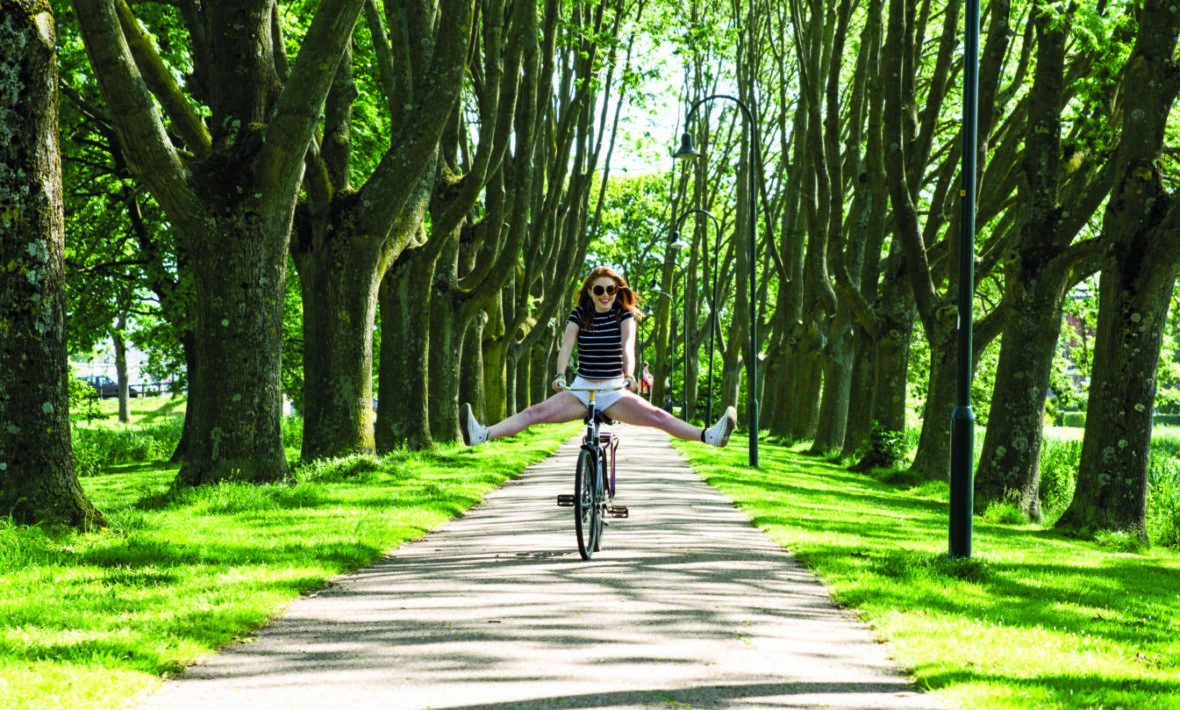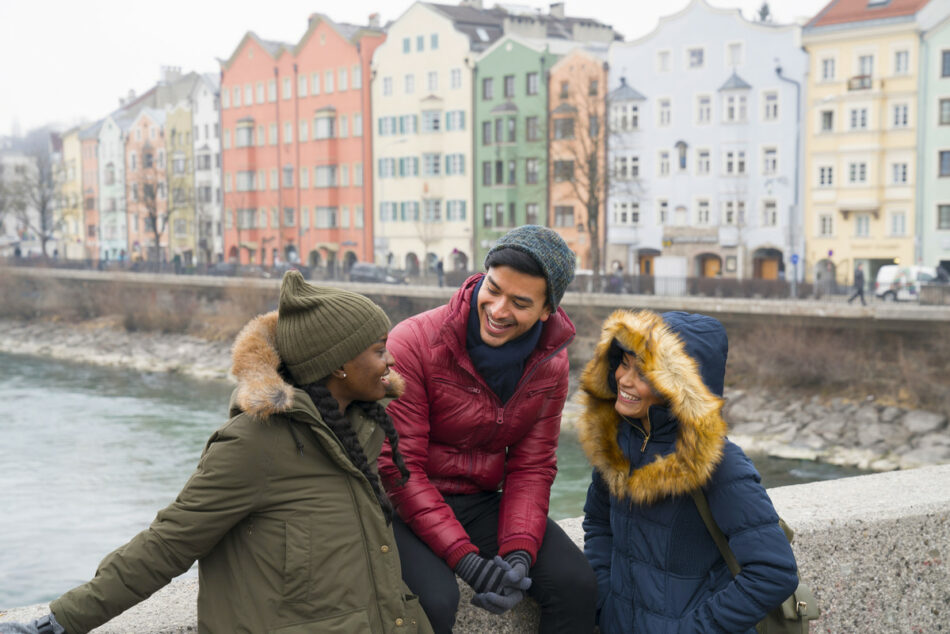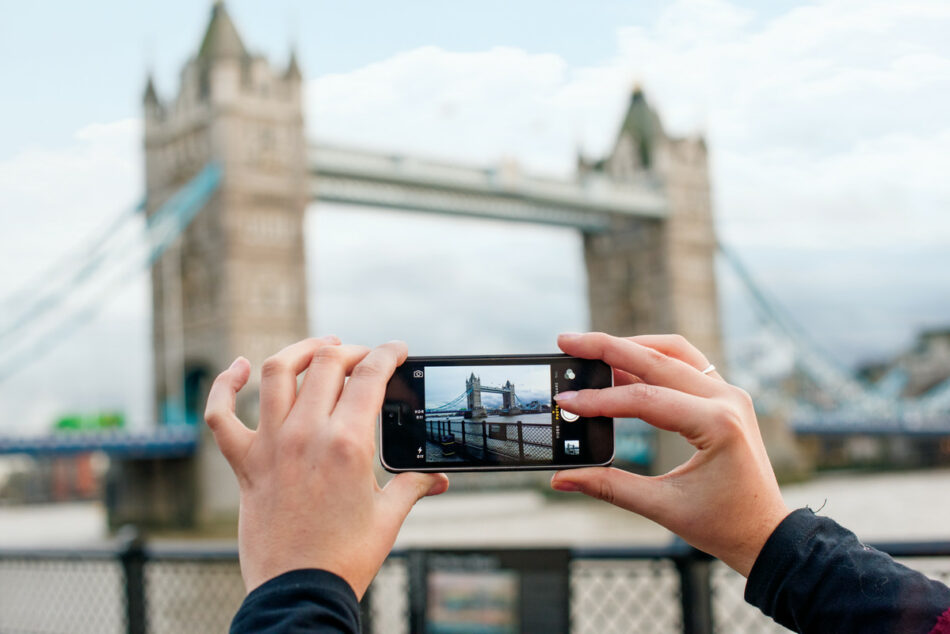
Europe – A rite of passage for any traveller. With 50 countries to choose from, Europe is one diverse continent, full to the brim with history, culture, buzzing cities, rural retreats, blissful island escapes, quaint towns and snow filled mountains.
A continent comprised of such a huge variety of destinations can be a little overwhelming at times, but if you’re travelling here for the first time this summer, boy are you in for a treat. Here are some tried and tested tips to help you smash your first Europe trip like a pro…
Every country is unique
The ‘if you’ve seen one place, you’ve seen it all’ saying definitely doesn’t apply to this continent. Europe is home to so many different types of destination, there most definitely is something for everyone. This place is full of bucket list, postcard worthy locations, but unless you’ve got an endless amount of time and dollar, unfortunately you can’t do it all. So, do your research and choose your destinations wisely.
This is of course dependent on what you want to get out of your trip and your personal interests and preferences. Maybe mix it up so that you get a little bit of all the best, i.e. exploring the most historical cities (London, Rome, Paris, Athens, Venice), getting your adventure kicks high up in the mountains (maybe the Alps, which spans over France, Austria, Switzerland, Germany, Italy and Slovenia) and ending with a little down time in some of the most beautiful coastal escapes (The Algarve, Croatia, Cannes, Santorini…to name a few).
Beware of the weather
This can be a tricky one, especially if you’re planning on travelling to multiple destinations within Europe. So first things first, just because you’re travelling to Europe in summer, doesn’t necessarily mean it will be sunny – confusing, right? This continent has one crazy climate, if you’re travelling to destinations like Iceland, Denmark or the UK it’s likely you can have temperatures of early teens (degrees) even in the summer months. Whereas parts of Spain, Portugal and Greece can reach into the 40’s in the summer season, so be prepared for ALL types of weather to be thrown your way. What a packing treat that is for you, but essentially make sure you throw in some jeans, jackets and a comfy travelling jumper and you should be sweet.

European Currencies
Just like the weather, the currency can be a little complicated. There are currently 28 currencies used in the 50 countries of Europe, so a fair few exchange rates and notes to get your head around. The Euro dominates as the continent’s currency, being used in countries like France, Germany, Greece, Italy, Finland, Spain and Belgium, however counties such as Great Britain, Croatia, Hungry, Norway, Poland and Sweden use their own currencies. Be careful where you exchange your money as places like airports are not a good call, unless you want a seriously shocking exchange rate. A great way to know the value of what you’re buying is to use apps like XE currency converter, which you can download on your iPhone.
Make sure you’re charged up
There’s nothing worse than packing all your various cameras, hair dryers, electric shavers, iPads, laptops and travel tech, just to find you can’t charge any of it. In Europe there are 2 different plug sockets you’re likely to come across – Type F is a 2 pin plug that you’ll find in the majority of places you go to, except for the UK and Ireland which use Type G, a 3 pin plug. You can find adapters with multiple pins that will accommodate for both types of plugs in most electronic stores or online. Another tip to make sure you’re charged up whilst on the road is the revolutionary portable battery packs. These will literally be your saviour, especially when you’re out and about exploring all day. Check out some of the most trusted portable chargers on the scene.

Be mindful of Dress Codes
In general the dress code for travelling in Europe is pretty low key, and you’ll likely have visions of styling it out as you sip sangrias on the cobbled Spanish streets. But give it a few days and you’ll soon be rolling around in any attire that floats your boat, having realised that comfort is always key when you’re on the road. The one thing you do need to be aware of is what to wear when travelling to any religious areas, such as going inside Churches like St Marks in Venice, the Duomo of Florence, and St Peters Basilica of the Vatican in Rome. These places will require you to dress respectfully e.g. covering your knees and not wearing anything too revealing. Just be conscious of your surroundings, and research local etiquette for your chosen destination if in doubt.
Eat like a local
You’ll come across some of the world’s greatest cuisines as you make your way around this continent, and the food is almost always too good to turn down. Travelling on a budget? Don’t stress, you can still munch your way around with a whole load of food markets, stalls, pop ups and well-priced restaurants dotted around the place. Maybe pick up a pastry on the streets of Paris for breakfast, or a slice of Pizza to eat in a park in Italy. If you’re looking for a certain cuisine within your budget, Trip Advisor is a great way to make sure you’re getting your money’s worth with a whole heap of trusted reviews. Or if you really want to eat like a local, VizEat will provide you with the most immersive eating experience around as you quite literally feast in a locals home.

Check your phone sitch
Some providers have caps on roaming charges that you can opt into before travelling, giving you the same internet/texts/calls allowance you would have back home. It’s best you check this out before sending ‘wish you were here’ pictures to all your family and friends on the other side of the world. Another option is to get yourself a European SIM card which is completely separate from your current contract and wont incur any roaming charges (this also means you’d be on a new number whilst away on your travels so be sure to let your loved ones know). Or, option 3, just make the most of free WiFi. The majority of hotels, hostels and restaurants you travel to will have free WiFi, so you can always just make the most of this whilst having a mini-detox when you’re out and about.

Get your transport cheap
Don’t get caught out with splashing unnecessary cash on transport, Europe can be fairly cheap to travel around if you play it right. Budget airlines and trains will be your best friends, so if you’re travelling from city to city, check out the rail lines that operate in those areas, it will most likely be your cheapest and easiest option. Trains can also be a good call even if you’re travelling to another country, but budget airlines like easyJet and Ryanair are most likely going to give you a pretty sweet deal. Booking any of these options in advance will help you get the best deals, so plan your journey carefully and in advance to make the most of your money.




